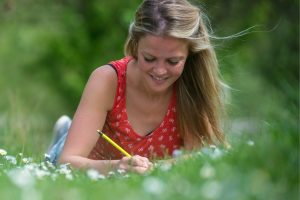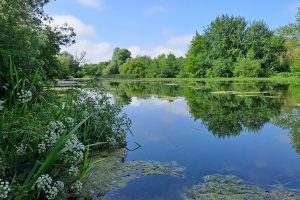A little known about woodland in Andover is Gallagher’s Copse. The wood behind Gallagher’s Mead has previously also gone by the name of Tregould’s Copse. Gallagher’s Copse estate was bought in 1915. The wood is owned by the local community under the Gallagher’s Copse Management Company who saved the little piece of woodland from development.
Over the years the character of the woods has changed. As trees matured, the canopy closed in and some of the previous resident wildlife was lost, including giant puff balls which I played with as a child. The woodland has now been thinned out, and a lot of wildlife now flourishes in this small area.
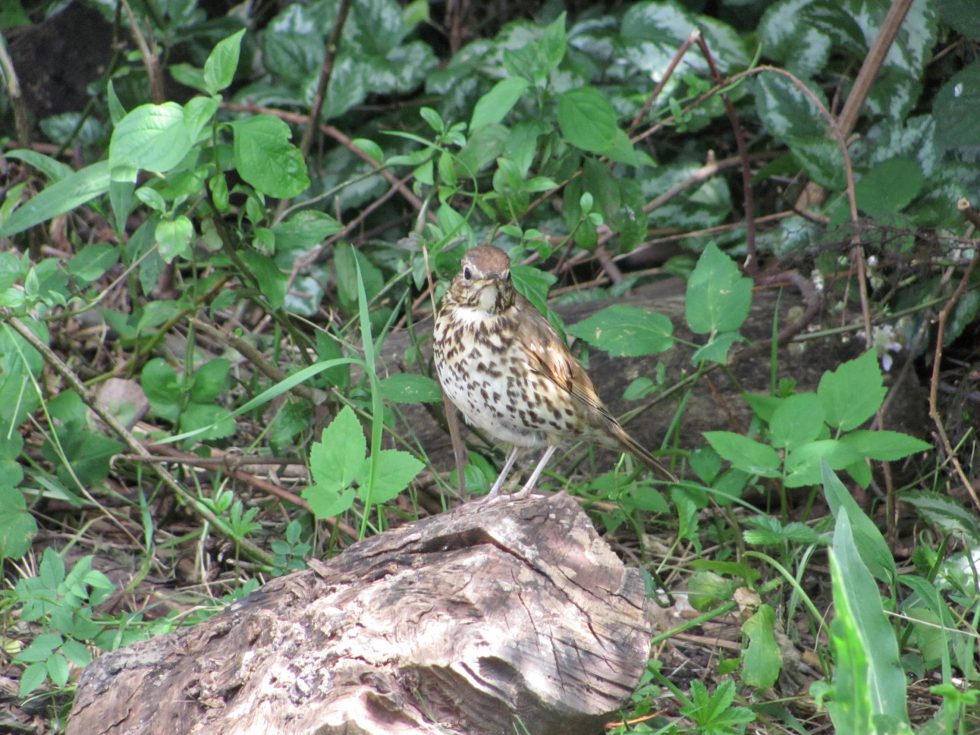
The copse is great for bird life and supports good colonies of songbirds including song-thrush that use old tree stumps to crack open snail shells to eat. It also has a useful amount of deadwood supporting an abundance of invertebrates and some interesting fungi. The unusually named yellow brain fungi can be seen on decaying branches.
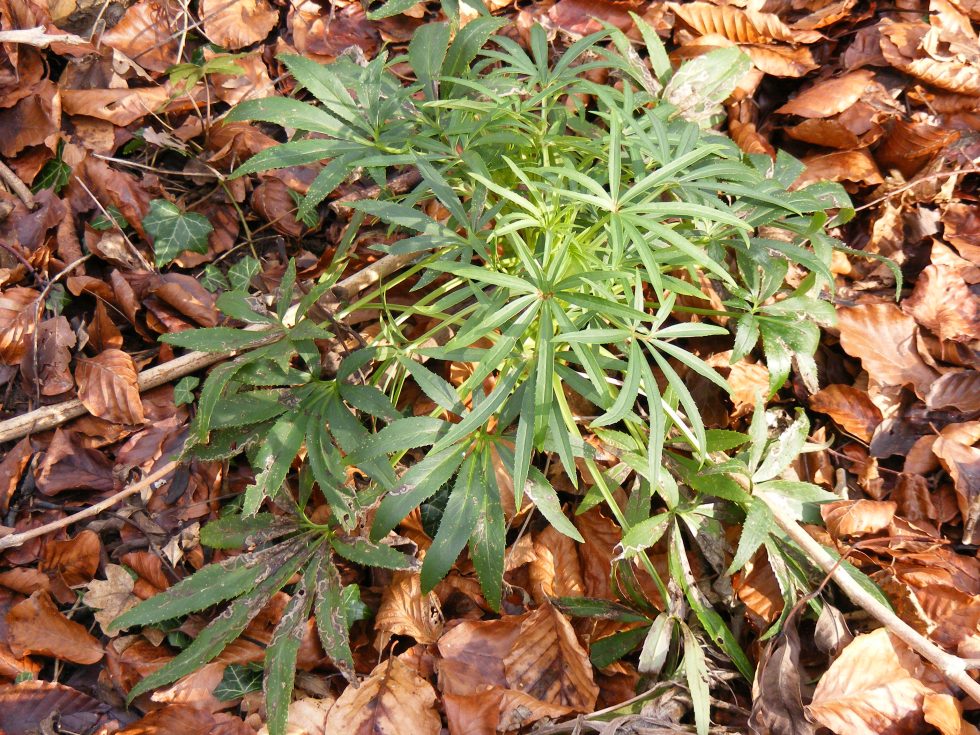
Whether introduced, or a remnant historical population, the woodland has a rare plant called stinking hellebore. In the wild this plant is rare, but as it is widely planted in gardens its distribution record is questionable. The woodland population appears to be wild, though this cannot be determined. The plant is unusual in that the seeds are distributed by ants and snails.
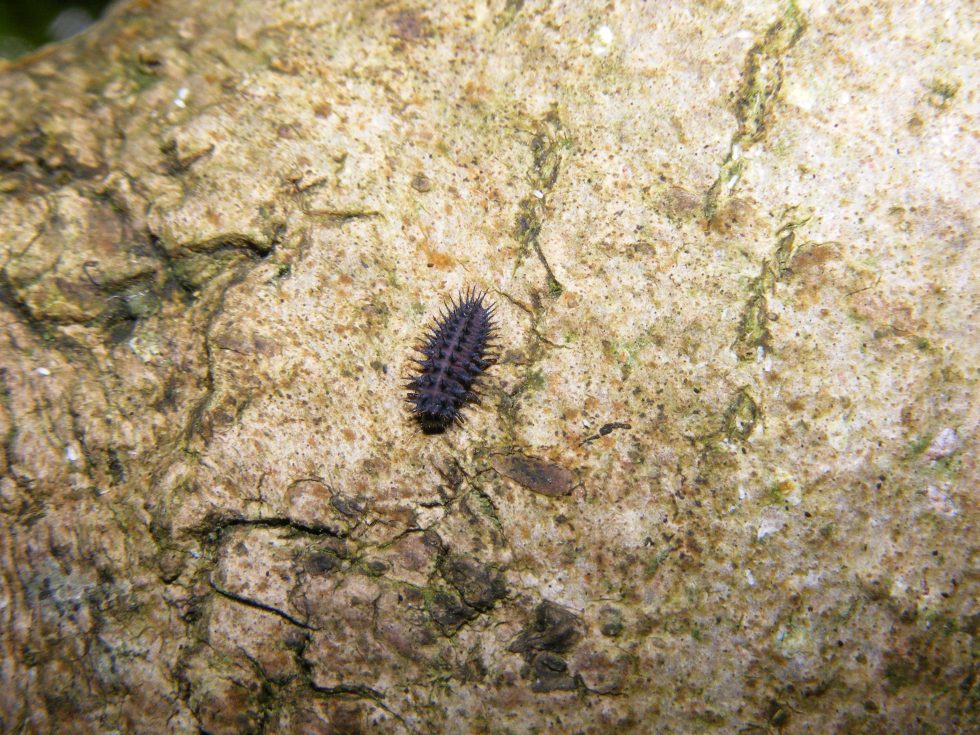
A ladybird, that people may not be familiar with, is the kidney spot ladybird that frequents this woodland and is worth keeping an eye out for. It is a tiny black ladybird with red spots and eats scale insects on the bark of trees. Be careful not to confuse it with black versions of other ladybird species, though these should be larger. A distinguishing feature is the flattened rim around the wing-case edge.


















